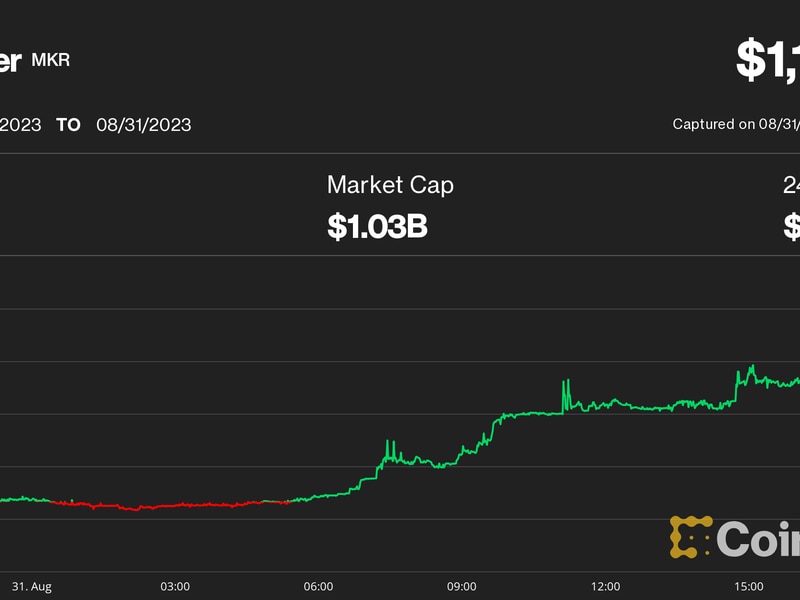Bitcoin ETF Approval Marks Conclusion of a Decade-Long Journey
/arc-photo-coindesk/arc2-prod/public/LXF2COBSKBCNHNRE3WTK2BZ7GE.png)
It’s been over ten and a half years since the Winklevoss twins first filed for a bitcoin (BTC) exchange-traded fund (ETF) in July 2013.
This filing, covered by CoinDesk in its first year of operation, was ultimately unsuccessful – despite multiple re-submissions – but serves as an interesting time capsule to look at how the industry has changed and matured since then.
At the time, bitcoin’s market cap had just surpassed $1 billion dollars (now it is closer to $900 billion), and the crypto was trading for around $87. Cameron Winklevoss’ prediction that bitcoin might one day hit $40,000 was as controversial as it could get.
The Financial Times wrote in 2013 that many on Wall Street viewed the Winklevoss twins’ proposal with skepticism, saying that bitcoin wasn’t a mature enough asset class for the $2 trillion (at the time) ETF market.
“Bitcoin itself is not even a developed market, let alone to build an ETF on top of it,” said Reginald Browne, managing director at KCG Holdings, at the time. “There has to be some investment merit to bring an ETF to the marketplace, and without that, it is not going to be successful. Investors won’t expand it; market-makers can’t trade it.”
Around the time time, Morningstar wrote that the world didn’t need a bitcoin ETF because the underlying infrastructure couldn’t meet the institutional-grade requirements to satisfy the SEC that it was up for the challenge.
Comparing Winklevoss’ 2013-2014 era filings with recently approved S-1s, one can see how the industry has matured and become ready for this institutional-grade challenge.
Custody, for instance, which was one of the SEC’s concerns, was relatively primitive in 2013, but the 2024 filings detail a more sophisticated custodian method, emphasizing segregated cold storage, advanced private key management, and comprehensive risk controls.
Also included in 2024’s successful filings are market surveillance mechanisms. As CoinDesk previously reported, these aren’t necessarily new mechanisms – a version first appeared in an updated filing from the Winklevoss twins in 2017 – but they have evolved in sophistication.
The current model, as seen in agreements like the one between Coinbase and NASDAQ, emphasizes the use of personally identifiable information (PII) so that regulators and ETF providers can access detailed data about specific trades and traders in a more granular fashion, rather than just broader market activities.
Gone but not forgotten
Eventually, the SEC rejected the Winklevoss’ ETF application in 2017, citing the high risk of fraud and market manipulation.
“The Commission notes that bitcoin is still in the relatively early stages of its development and that, over time, regulated bitcoin-related markets of significant size may develop,” the SEC wrote at the time. “Should such markets develop, the Commission could consider whether a bitcoin ETP would, based on the facts and circumstances then presented, be consistent with the requirements of the Exchange Act.”
The Winklevoss were absent from the roughly dozen bitcoin ETF applications, though Gemini is an active custodian services provider for a number of them, and the two remain supportive of the industry’s efforts to get it over the finish line.
“Today is 3,845 days in the making. Happy Bitcoin ETF Approval Day!” Cameron Winklevoss posted on X.
“You should get ALL the credit! These suits wouldn’t be here if it wasn’t for you and bro,” responded Tom Lombardi, a former Managing Director at Canada’s 3iQ, which launched one of the first bitcoin ETFs in Toronto.
The ETF approval also comes on the 15th anniversary of Hal Finney’s “running bitcoin” tweet, one of the first public posts about the world’s largest digital asset.
Edited by Parikshit Mishra.









